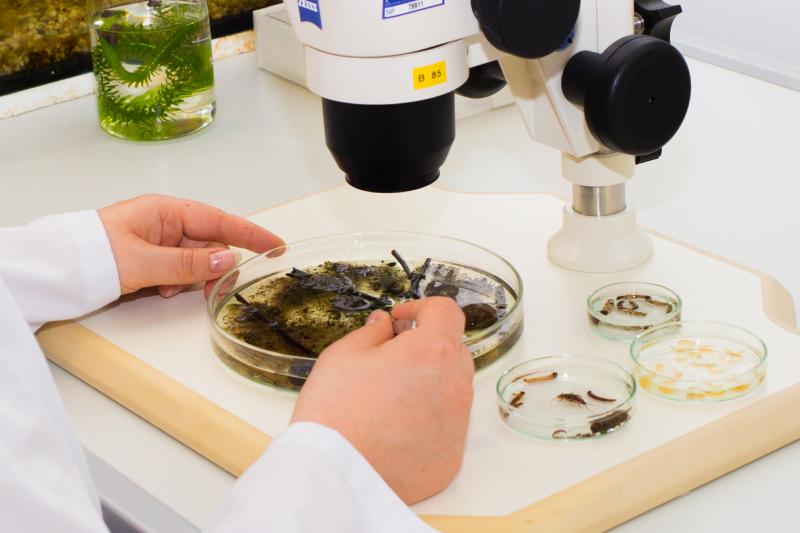Verein des
Hygiene-Instituts des Ruhrgebiets e.V.
Hygiene-Instituts des Ruhrgebiets e.V.
Hygiene-Institut
des Ruhrgebiets
des Ruhrgebiets
Institut für Umwelthygiene und Toxikologie
- Forschung
- Uncompromising Quality
- Our Services
- Drinking and bathing water hygiene
- Environmental Microbiology & Water Hygiene
- Microbiological Material and Hygiene Testing
- Water Hygiene Material Testing
- Hygienic Building Technology
- Limnology
- Environmental and Consumer Protection
- Certification Body HyCert
- Cross-Sectional Topic Toxicology
- Central Analytics
- The Institute
Menu
- Our Goals
Institute Philosophy
History of the Institute
Support Organization
Research and Education
Cooperation
Our Divisions
- Drinking and bathing water hygiene
Environmental Microbiology & Water Hygiene
Microbiological Material and Hygiene Testing
Water Hygiene Material Testing
Hygienic Building Technology
Limnology
Environmental and Consumer Protection
Certification Body HyCert
Cross-Sectional Topic Toxicology
Central Analytics
- Quality management
Accreditation DIN EN ISO 17025
Appointed Office Drinking Water
Our Approvals
Laboratory equipment
Analysis parameters



